When choosing a coil there are a few basics to remember that relate to the size, shape, configuration and frequency (X-TERRA series) of the coil.
Coil size
The size of a search coil can influence the detection depth or sensitivity of a metal detector. The larger the coil, the deeper it detects, but will have less sensitivity to small targets. Conversely the smaller the search coil’s diameter, the more sensitive it becomes but looses detection depth. Smaller coils are lighter, easier to control and may be chosen for their ability to negotiate difficult terrain or undergrowth. They are also an advantage in areas of high trash.
Coil shape
The most common coil shapes are conventional solid round coils, elliptical shaped coils and the open web coils. The main reason for the change in shape is to conform to a physical requirement, i.e. an elliptical coil can be pushed around bushes or between rocks easier than a round coil and open web coils move through water easier and are lighter. Conventional round coils are often more stable and perform better and are particularly popular for gold prospecting.
Coil configurations
The three most common types of coil windings are Concentric, Double-D, and Monoloop. The difference between these coil types is the pattern the wire is wound within the search coil.
Concentric coil
A Concentric coil has an inner circle and an outer circle wire winding. Its search pattern is cone shaped and can be useful for accurately pinpointing a target. Concentric coils tend to be noisier in highly mineralised ground and require more over lap of sweep for thorough ground coverage.
Double-D coil
Double-D coils are the preferred coils for most detecting. They give a blade or chisel shaped signal that covers the ground more uniformly and once an operator becomes accustomed to the signal, pinpointing can be very accurate. Double-D coils are also preferred for their superior ground balancing ability.
Monoloop coil
Monoloop coils have one winding of wire around the circumference of the coil, which is used to both transmit and receive. The signal pattern of the Monoloop coil is cone shaped, requiring more overlapping. In extremely heavily mineralised grounds they can sometimes be more difficult to ground balance, however they tend to provide slightly better depth than the Double-D coils.
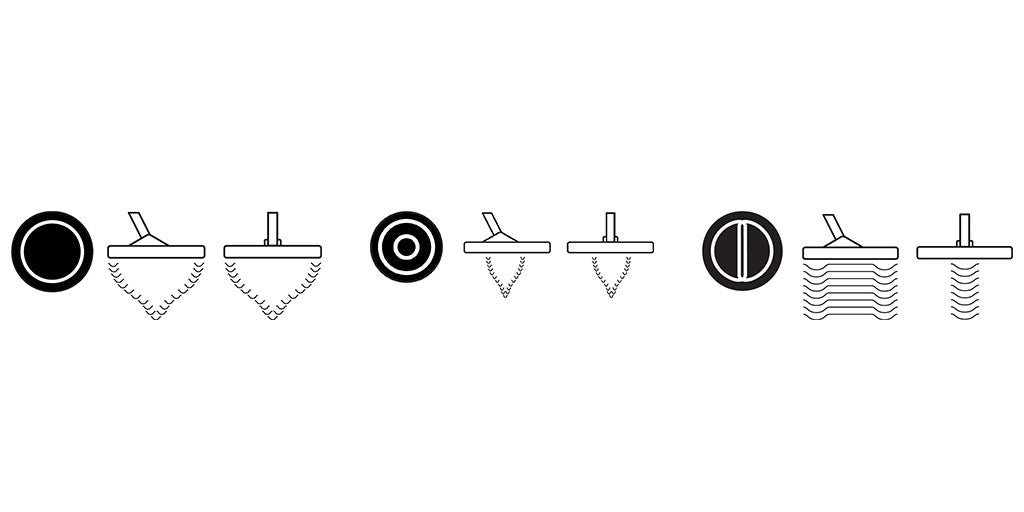
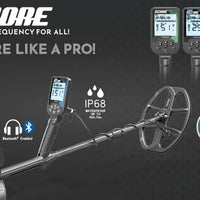
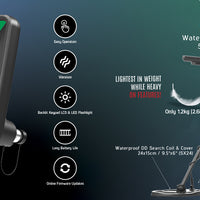

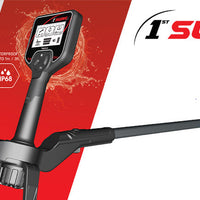

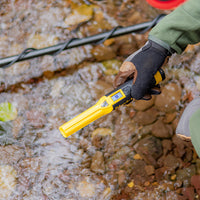
0 comments